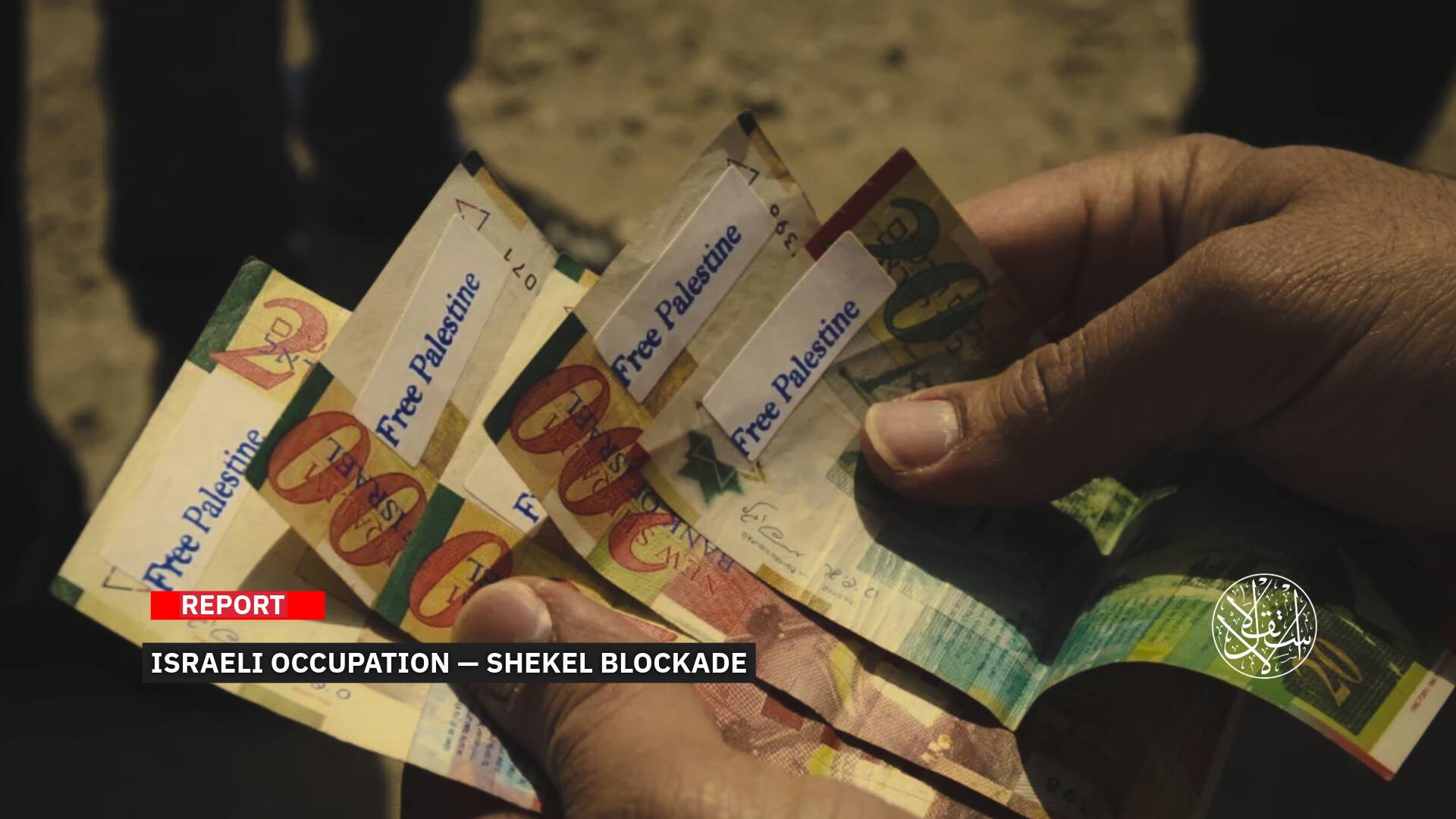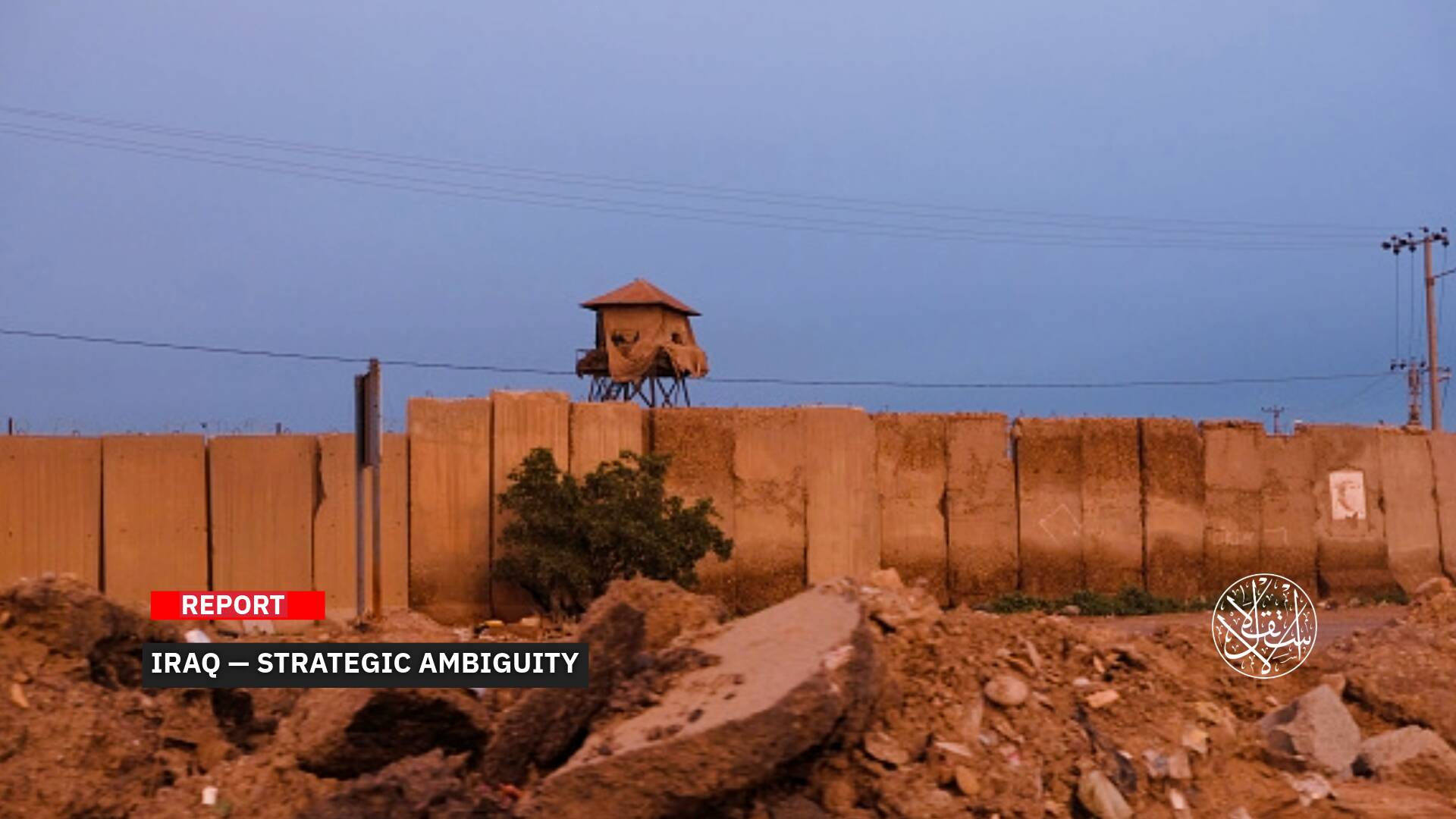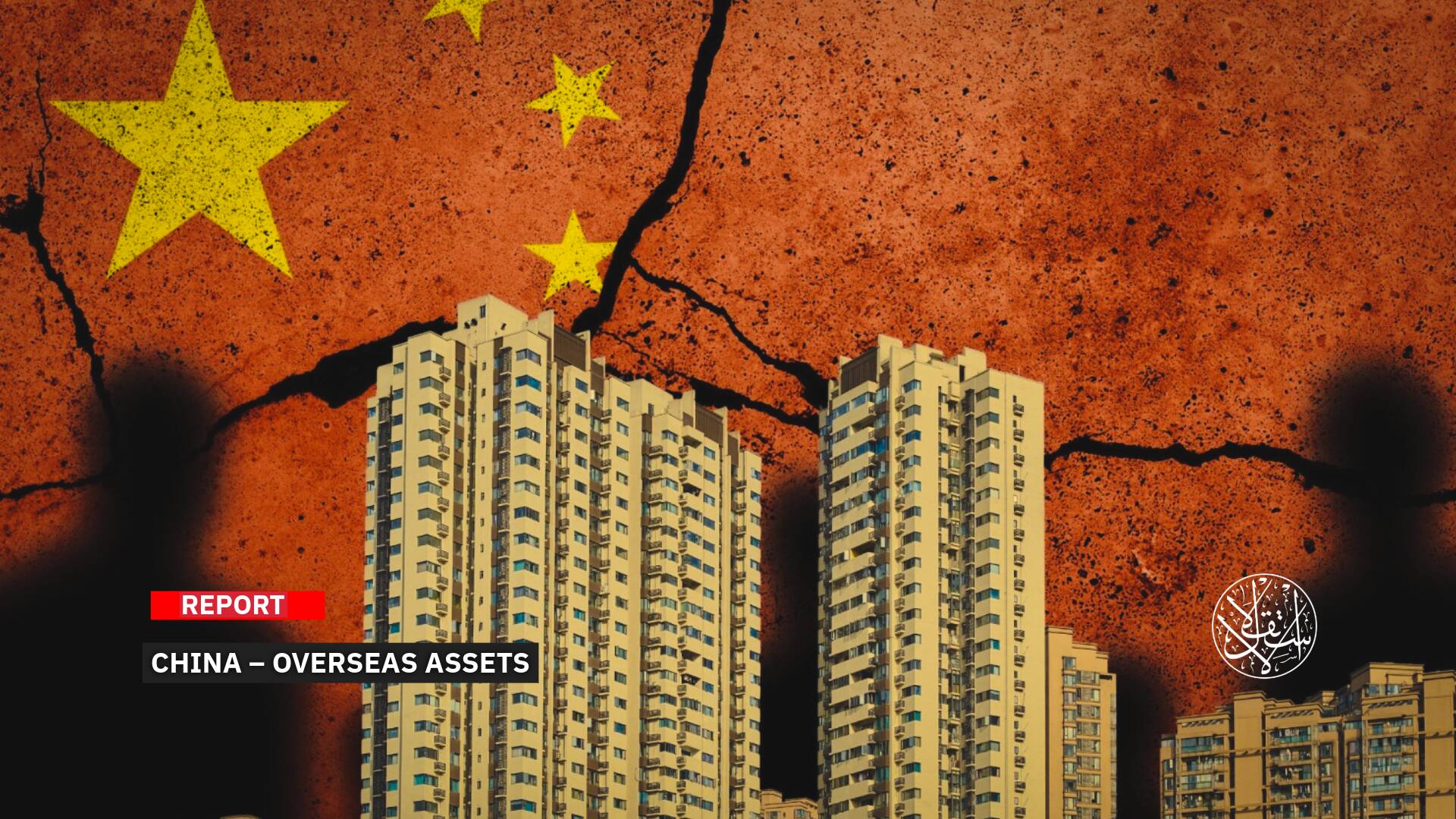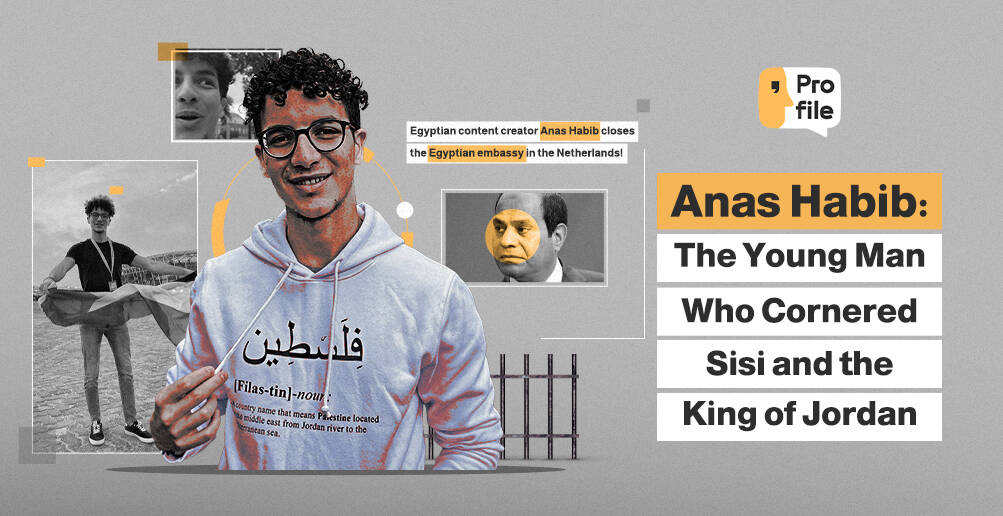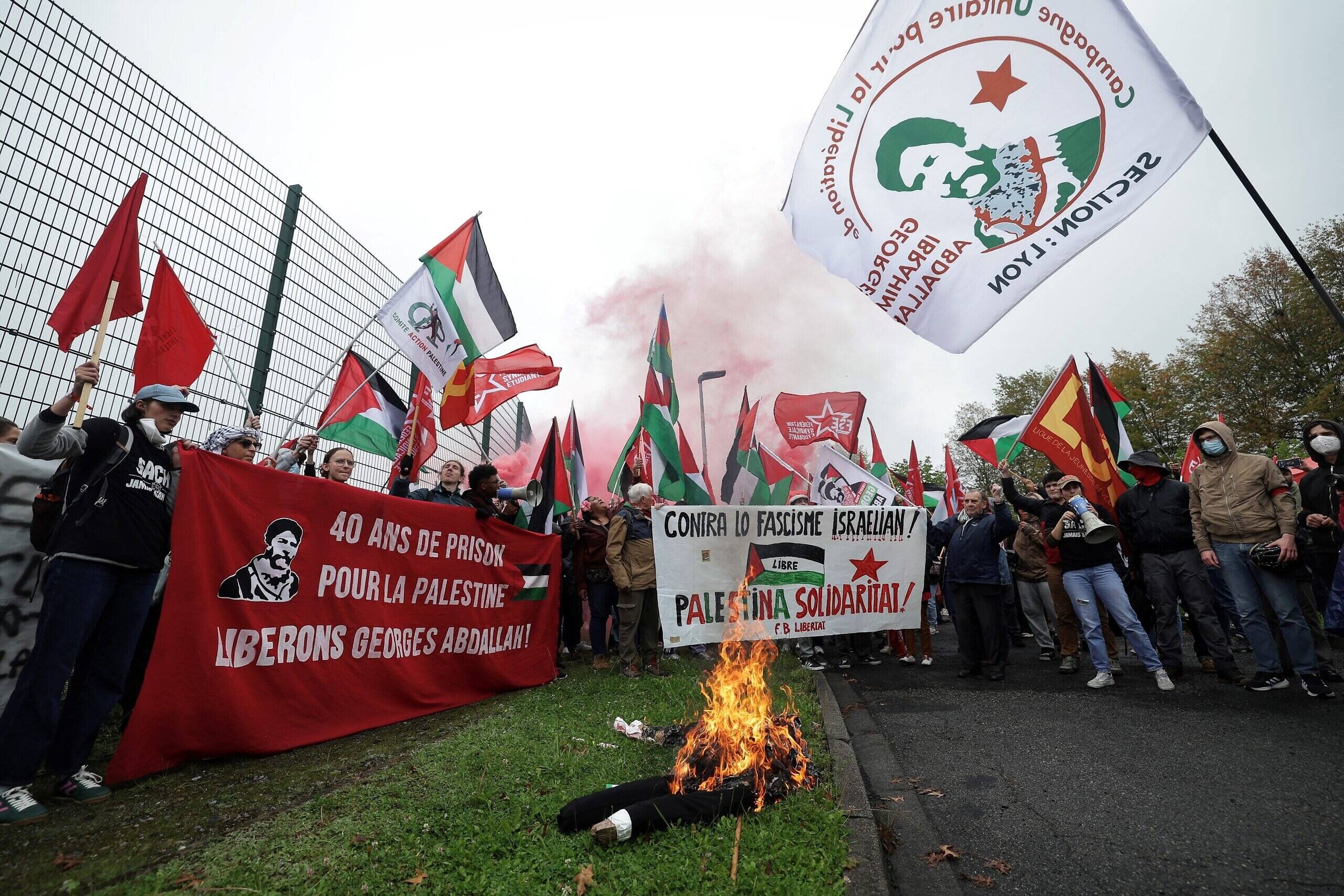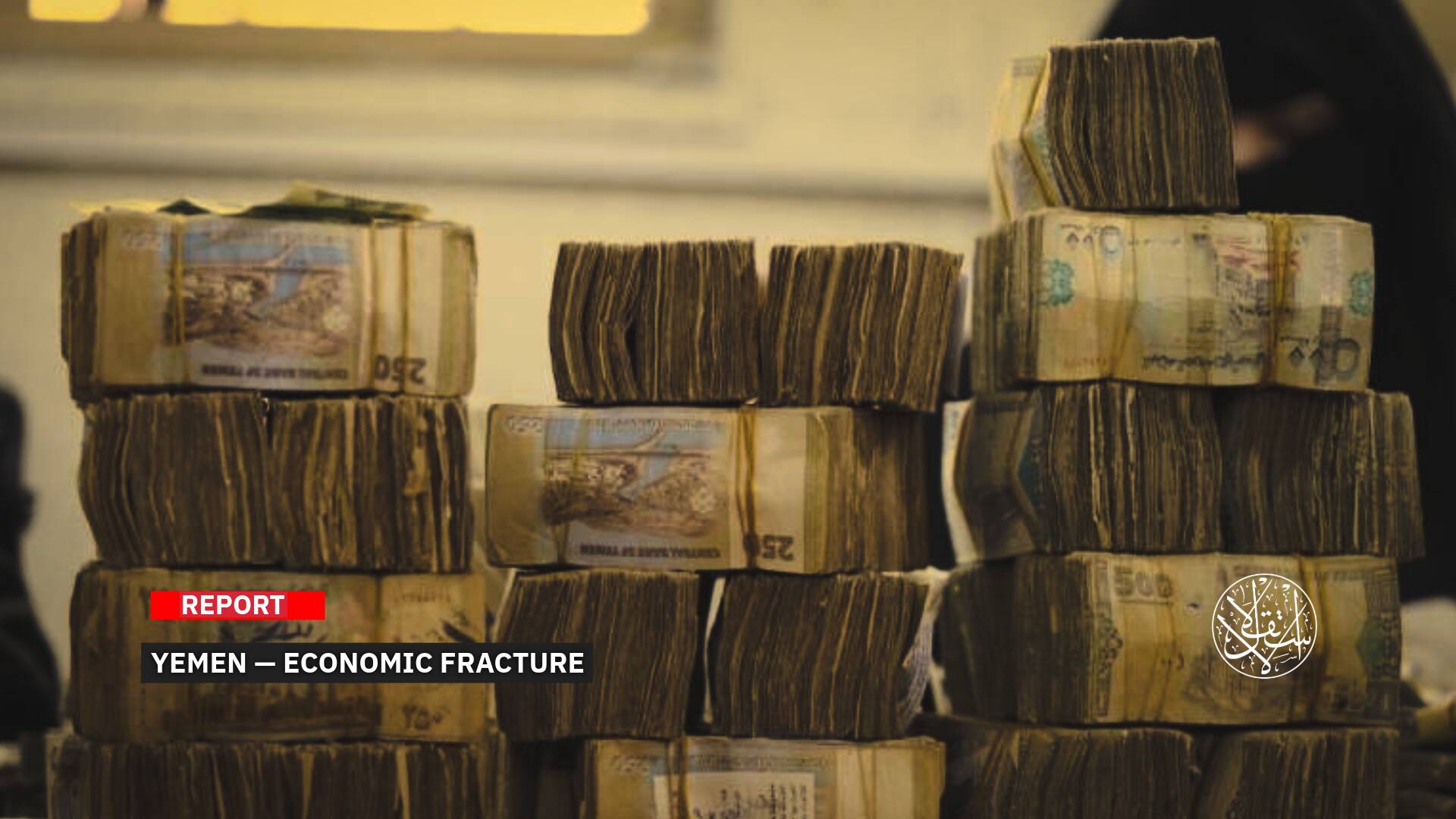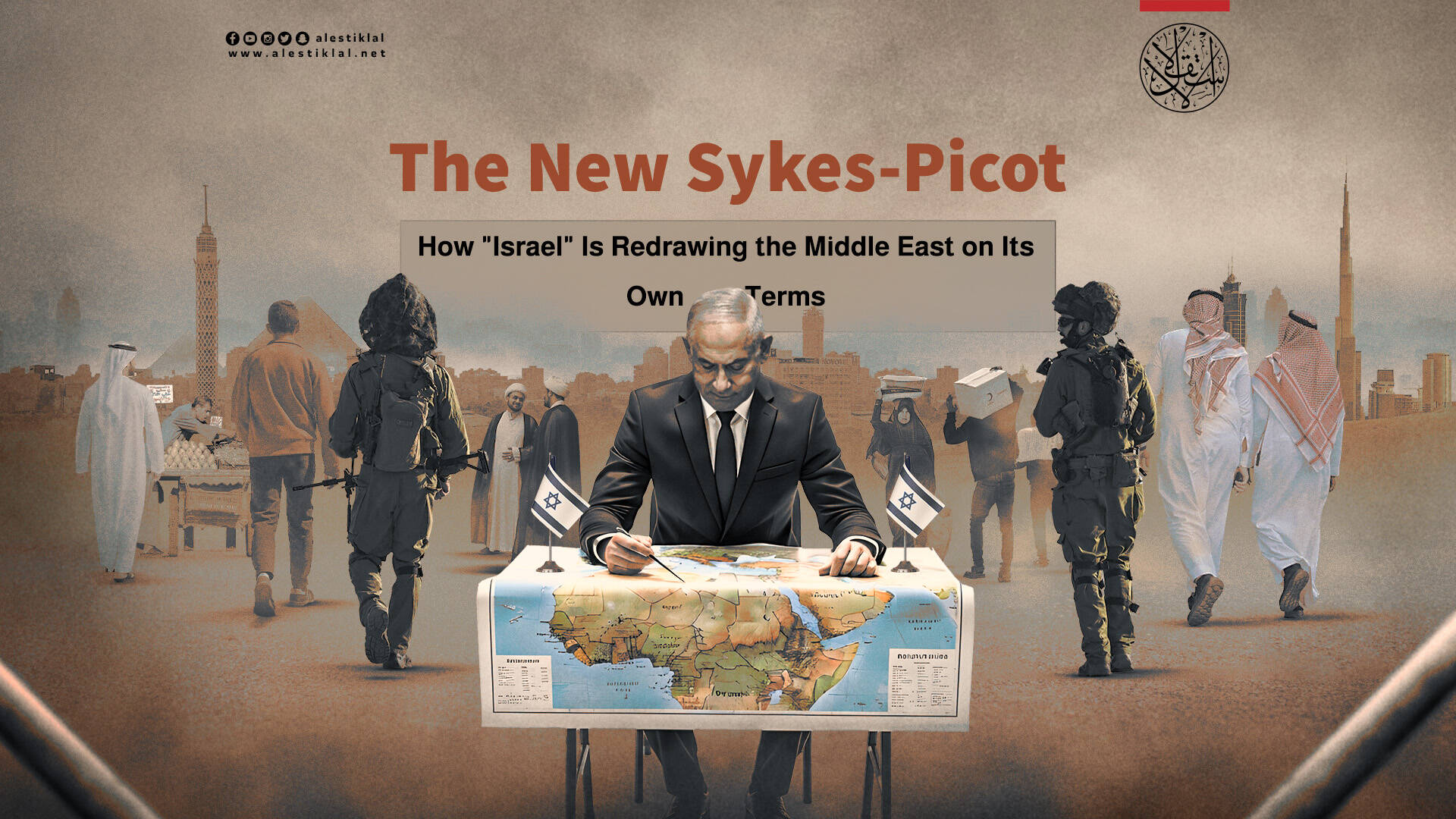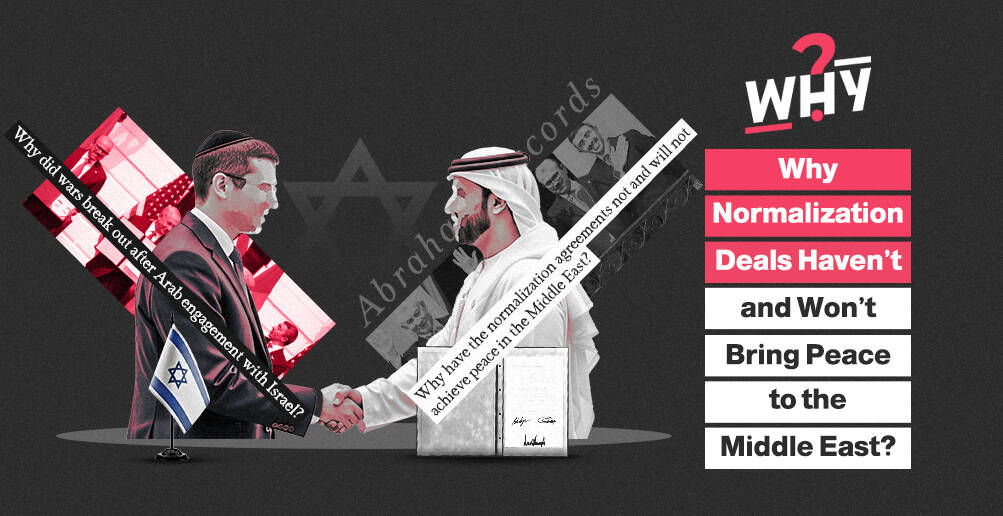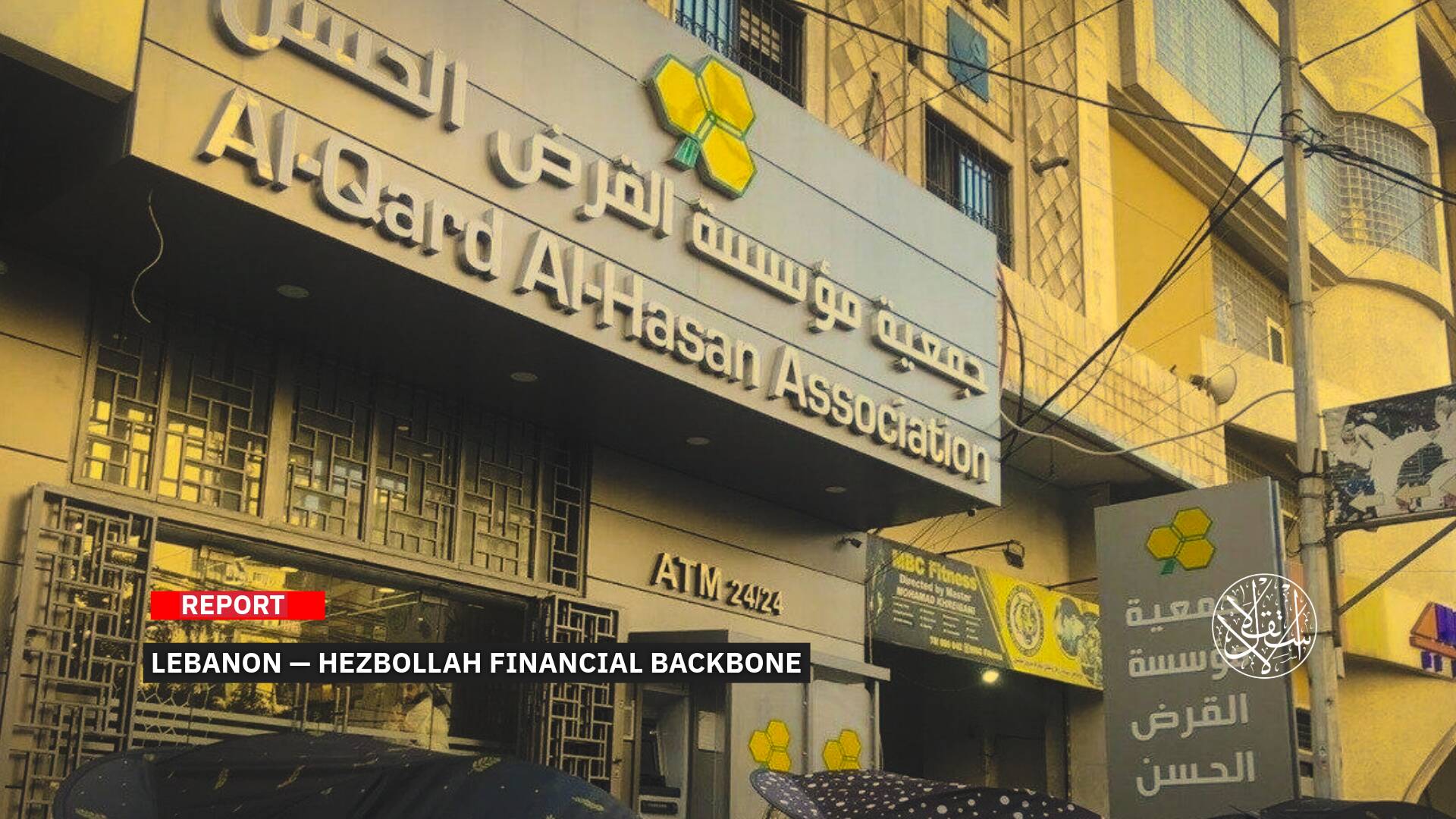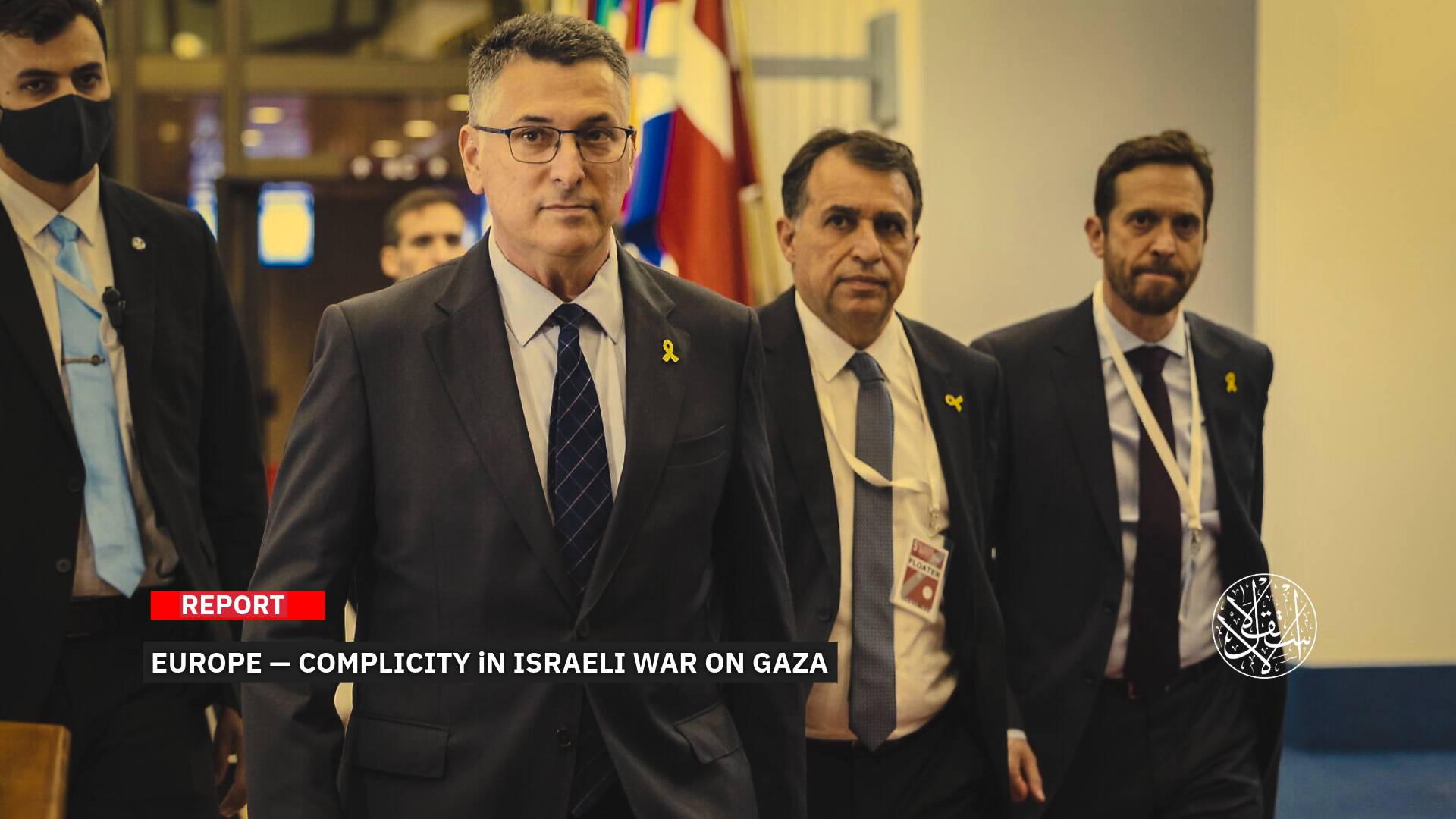Yes for Revolutions, No for Normalization — The Arab Index 2022 Confirms the Orientations of the Peoples
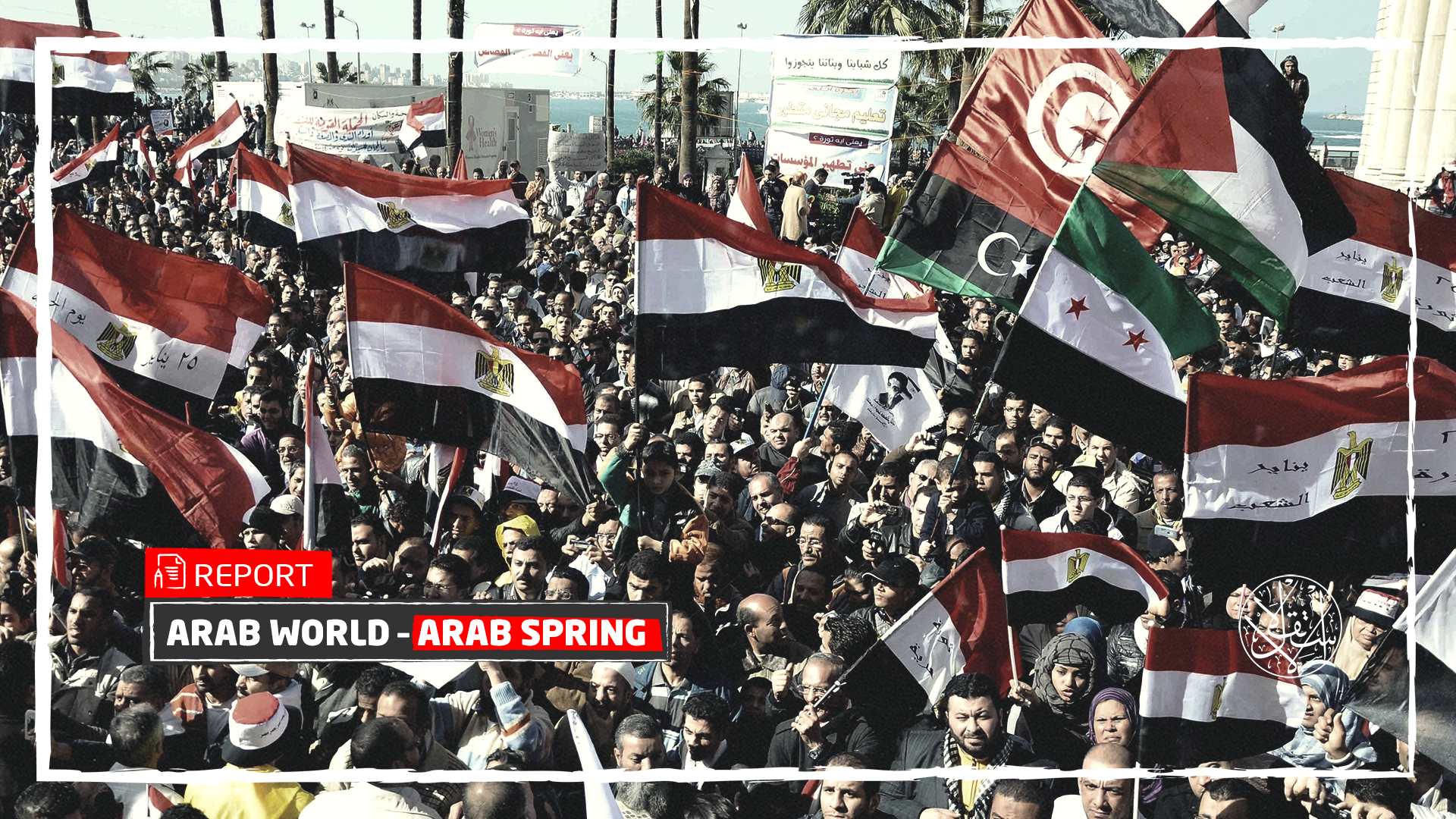
Despite the attempts of some Arab regimes to consider revolutions as the main cause of the problems and suffering of citizens, the deteriorating economic conditions, instability, civil wars, and others, the opinion of the people supporting those revolutions has not changed.
On the contrary, the people’s convictions increased that there is “something wrong” in their country and that it is not heading in the right direction because of all kinds of corruption and dictatorship.
This was proven and confirmed by the Arab Index surveys in 2011 until the latest report for 2022, which was issued by the Arab Center for Research and Policy Studies, in Doha, on January 3, 2022.
The index also proved that despite the efforts of Arab regimes to embellish normalization with “Israel” and promote that it would be a good step to boost the economy, these attempts did not succeed in dissuading Arab citizens from their hatred of the Israeli Occupation and their rejection of all kinds of relations.
From the first to the eighth report, the satisfaction of the Arab peoples with the conditions in their countries or their position on democracy, normalization, or corruption did not change, although the rates of rejection and acceptance changed from year to year.
The Arab Index provides data for many academic, official, and media institutions, researchers, and public opinion trends in social media, in light of the absence of freedom of press and media and the Internet’s transformation into “citizen journalism.”
The Most Prominent Indicators
The most prominent results of the public opinion poll, according to the Arab Index for 2022, showed people are still looking forward to the Arab Spring and see it as a solution. The most enthusiastic about that were the residents of Kuwait, 76%, followed by Egyptians, 73%.
The majority of Arab public opinion believed that the reasons for the outbreak of popular revolutions and protests in 2011 were the spread of corruption (25 out of 100), the poor economic situation (16 out of 100), and that they erupted against dictatorships (16 out of 100).
The survey indicators revealed that 72% of the Arab people support the democratic system, despite not being the best, but it is still better than other systems, as they said.
This is compared to only 19 percent who oppose it, claiming the regimes of the Arab peoples have not yet been politically mature.
The other prominent indicator was that the Arab peoples reject normalization with “Israel” by 84%, meaning the Arab regimes that have normalized or sought to normalize relations with the Israeli Occupation are lying when they claim that it was a “popular desire.”
Between 53 and 70% expressed their conviction that there are systems that are “inappropriate to be applied in their countries,” such as the authoritarian system, military ruling, or the Islamic parties' rule.
The results of the Arab index also revealed that the economic conditions of the citizens of the Arab countries are not satisfactory at all, and 42% said that their families’ income barely covers the expenses of their basic needs.
Because there are no free elections in most of those countries, the results of the Arab public opinion poll reflected that the people do not trust much in Arab parliaments (47%), while their confidence was high in the army and public security institutions, perhaps due to the armed forces' capability of imposing security by force.
61% of Arabs describe themselves as “somewhat religious,” 24% are “very religious,” and 11% are not.
The percentage of Arabs who describe themselves as “non-religious” has increased from 8 to 13% since the counter-revolutions of 2013, according to research conducted by the Arab Barometer research for the British BBC Arabic on June 23, 2019.
In a related context, it was remarkable that none of the Arabs whose opinions were surveyed, whether in the East, Morocco, or the Nile Valley (Egypt and Sudan) and even the Gulf countries, expressed their complete satisfaction with the regimes in most of the Arab index surveys from 2011 to 2022.

For instance, in the 2022 index, 52% of Arabs confirmed that things in their countries are heading in the wrong direction, while 42% believed that things are going in the “right direction.”
Those who rated the political situation in their country (very bad – bad) were 49%, compared to 44% who rated it (very good – good).
It was remarkable in the Arab Index 2022 survey that 17% of those who believe that their countries are moving in the right direction were unable to give reasons or refused to answer, maybe because they are not convinced, or they said so for fear of oppression by the regimes.
In the 2020 index, the percentage of those who see the political situation in their country as (very bad – bad) was 50%, while those who described it (very good – good) were 44%.
The percentage was higher in the 2018 index, as 55% of citizens negatively rated the political situation in their countries, compared to 39% who said it was good or very good.
The evaluations were similar in the 2016 index, as the level of Arab citizens’ evaluation of the political situation in their countries continued to decline, with 55% of those seeing it as bad compared to 40% seeing it as positive.
In the 2015 index, the percentage of Arabs who see the political situation in their countries as bad was 52%, compared to 43% who see it as positive.
In the 2014 assessment, 59% of Arabs viewed their country’s political and economic conditions as bad, compared to 36% who rated it positively.
The data of the Arab Index over the course of 8 surveys (since 2011) indicate that citizens’ perceptions and opinions regarding the spread of corruption in their countries have not fundamentally changed and that the countries of the Arab East have the highest corruption rate.
In its latest report on January 25, 2022, on indicators of corruption, Transparency International said that corruption not only “maintained stability” but also affected human rights conditions in the world, especially in Arab countries, and linked it to the collapse of the Arab Spring.
Achieving Goals
Although most of the Arab Index surveys from 2011 to 2022 show that Arab public opinion is divided between the majority that still considers the revolutions “positive” and another group believing that now it is time for dictators.
In the 2022 index, a majority of 46% said that the popular revolutions and protests were positive (very positive – somewhat positive), compared to 39% who believed that they were (very negative – somewhat negative).
40% of the Arabs believed that the Arab Spring revolutions are only “going through a faltering stage,” meaning that they will eventually return and achieve their goals, while 39% believed that the Arab Spring has ended and that the previous regimes have returned to power.
The percentage of those who see the Arab Spring as positive also constituted a majority in the Arab Index 2020 report.
The majority of the respondents affirmed that the 2011 revolutions “brought change” and that they will achieve their goals in the end.
The positive view of the Arab Spring continued in the 2017 index, and the results showed that 45% see it as positive, despite going through a stumbling period, compared to 34% who see it as “finished.”
Although the 2016 index showed a change, only 34% of citizens rated the Arab Spring revolutions as positive, compared to 59% who considered it negative, and 7% did not express any opinion. The results were different according to countries.
The results showed that most of those who saw the Arab Spring positively were in Kuwait (64%), followed by Egypt and Morocco, and the largest bloc (without a majority) seeing it positively.
In the 2014 index, 45% of Arabs affirmed that the Arab Spring revolutions were “positive” compared to 42% who saw them as “negative.” However, 60% of the public confirmed that the Arab Spring is going through a stumbling phase, “but it will eventually achieve its goals.”
This positive view of the Arab Spring was the highest in the Arab Index survey since its inception in 2011, reaching 59% of Arab public opinion, and it rose remarkably in the regions whose countries witnessed a revolutionary movement.
The Nile Valley region (Egypt and Sudan) was the highest in its positive evaluation of the revolution in many indicators of previous years (75%, in 2020), followed by the Maghreb region.
Researcher Hisham Jaafar, former editor-in-chief of Islam Online, attributes this in a study on The Limits of the Arab Spring at the “Orient Center for Studies and Research” on January 8, 2021, to the influence of respondents from countries where revolutions broke out.
He explained that this high percentage, which views the Arab Spring as positive, “rises remarkably in the regions whose countries witnessed a revolutionary movement.”
The evaluations of the Nile Valley and the Maghreb regions are “highly positive,” in which the so-called general trend in favor of popular revolutions and protests takes a large part.
Former Tunisian President Moncef Marzouki confirmed in early January 2022 that the Arab Spring will achieve its goals and there will be a second wave of revolutions, pointing to the emergence of the failure of the counter-revolutions and the failure of the rulers of this stage.
Marzouki explained that people are living in a period of failure of the counter-revolution that thwarted the Arab Spring, but history will not stop, and there will inevitably be a second wave of the Arab Spring and people’s liberation from tyranny. All indications point to this fact.
The Egyptian researcher and political analyst Rafik Habib confirms that the Arab Spring, which erupted in Tunisia, is now starting from there as well.
He said that Tunisia is now witnessing the final scene of what can be called “the first stage of the Arab peoples’ experience of change” in light of the failure of President Kais Saied.
In a study he published on December 30, 2022, Habib explained that the movement of the Arab peoples is a “continuous process,” and that thwarting the first wave did not prevent the second, and this stage will not be the last, and there are other waves to come.
He also stressed that the cycle of movement and frustration might be repeated again, and the Arab peoples will move for change and achieve a degree of democratic transformation without achieving the desired results again, but their movement will continue and reach the path that ultimately achieves change.
In turn, Hesham Gaafar asserts that the Arab uprisings, in their two waves, proved it can’t be predictable.
No to Normalization
Just as the Arab indicators showed from 2011 to 2022, the people’s support for the Arab Spring, they highlighted their hatred of the Israeli Occupation and their rejection of normalization.
The 2022 Index showed that 84% of the citizens of the Arab region refuse to recognize “Israel.”
Despite the recent wave of normalization, the results of the index confirmed that people still believe that the Palestinian cause is the cause of all Arabs (76%).
The results of the 2020 index were higher, as 88% of the citizens of the Arab region affirmed their refusal to recognize “Israel,” while only 8%agreed. Half of them stipulated that an independent Palestinian state be established.
The same refusal to recognize “Israel” continued in all other indicators during the years from 2019 to 2011, which revolves around 80%.
This was confirmed by Arab Barometer on September 12, 2022, indicating that there is a general rejection by the average Arab citizen of the American-backed Abraham Accords, which represent an expanded peace deal for the countries of the region with “Israel.”

These peace agreements are rejected in total in 9 out of 11 countries included in the survey, and only less than 1 out of every 5 or 10 individuals said they support normalization with “Israel,” while most of the rejectionists are in Mauritania, Libya, Palestine, Jordan, and Egypt.
The Washington Institute for Near East Policy poll on July 15, 2022, showed that there is a significant decline in Gulf peoples’ support for normalization, and only 23% of Bahrainis and Emiratis support the Abraham Accords, compared to 77% that reject it.
The highest rates of rejection of normalization, according to the Washington Institute, were in countries: Kuwait (94%), then Jordan despite the Wadi Araba peace agreement with “Israel” (88%), Egypt despite the Camp David Treaty (87%), then the Gulf (77%).
In an article published on October 8, 2020, writer Yasser Abu Hilala, the former director general of Al-Jazeera News Channel, attributes the people’s rejection of normalization to the fact that it is linked to the definition of the enemy.
He explained that the majority of the Arab world views the occupying power as a threat to the security and stability of the region.
The results of the Arab Index 2022 showed that public opinion is almost unanimous, at a rate of 84%, that the Israeli Occupation’s policies threaten the security and stability of the region.
On January 3, 2022, the American Associated Press stated that the refusal of the Arab peoples to normalize relations with “Israel” resulted in a reluctance to visit it from the citizens of countries that signed the normalization agreement.
It stressed that the Israeli Occupation’s hopes to eliminate the popular boycott and normalize popular relations through Gulf trips to Tel Aviv have diminished, two years after the signing of the recent normalization agreements.
It pointed out that even Abdulkhaleq Abdulla, the Emirati political analyst and advisor to President Mohammed bin Zayed, said on Twitter that he hopes Israeli Prime Minister Benjamin Netanyahu and his group won’t set foot in the Emirates land, and he thinks it is appropriate to freeze the Abraham Accords temporarily.


